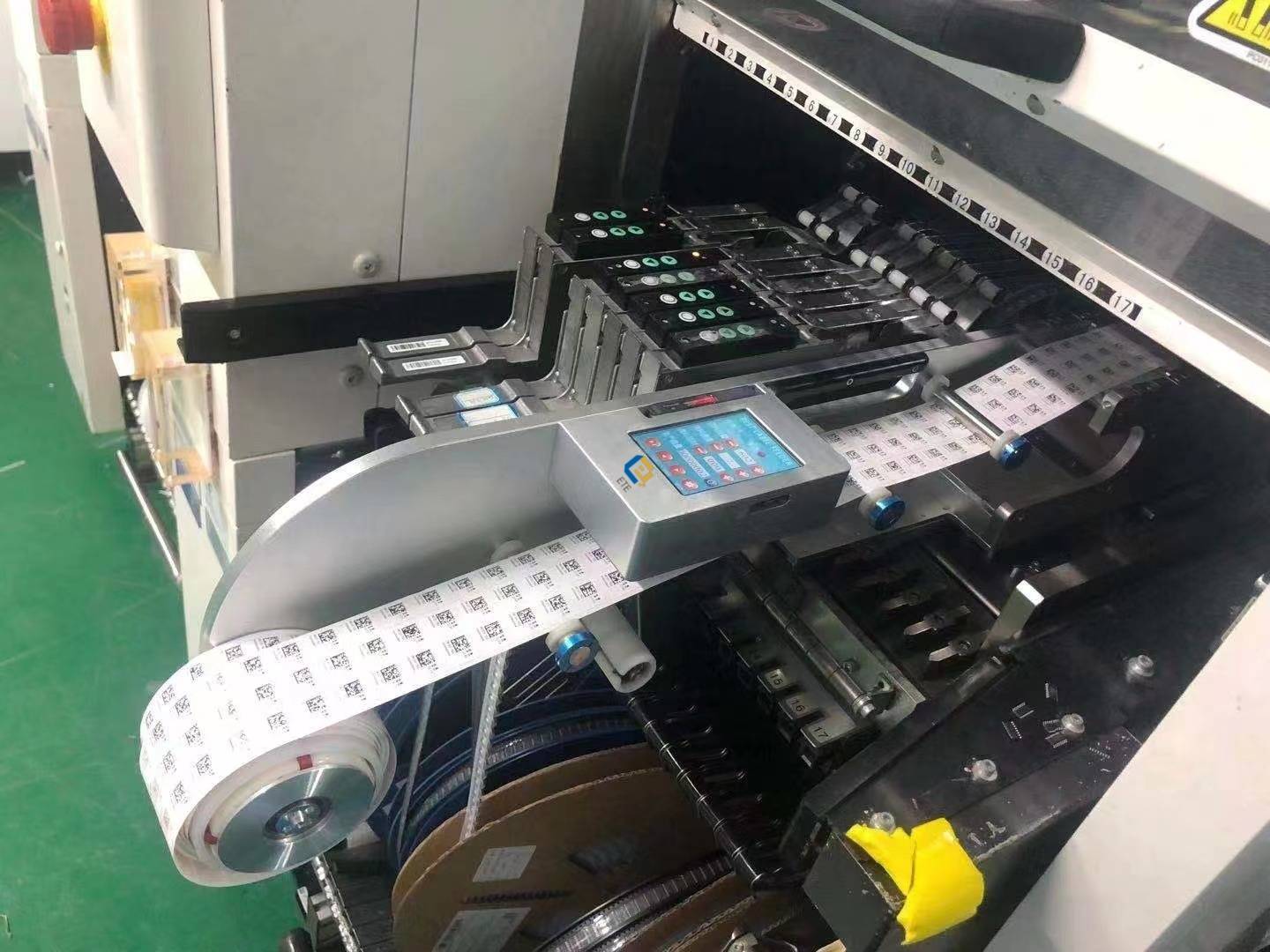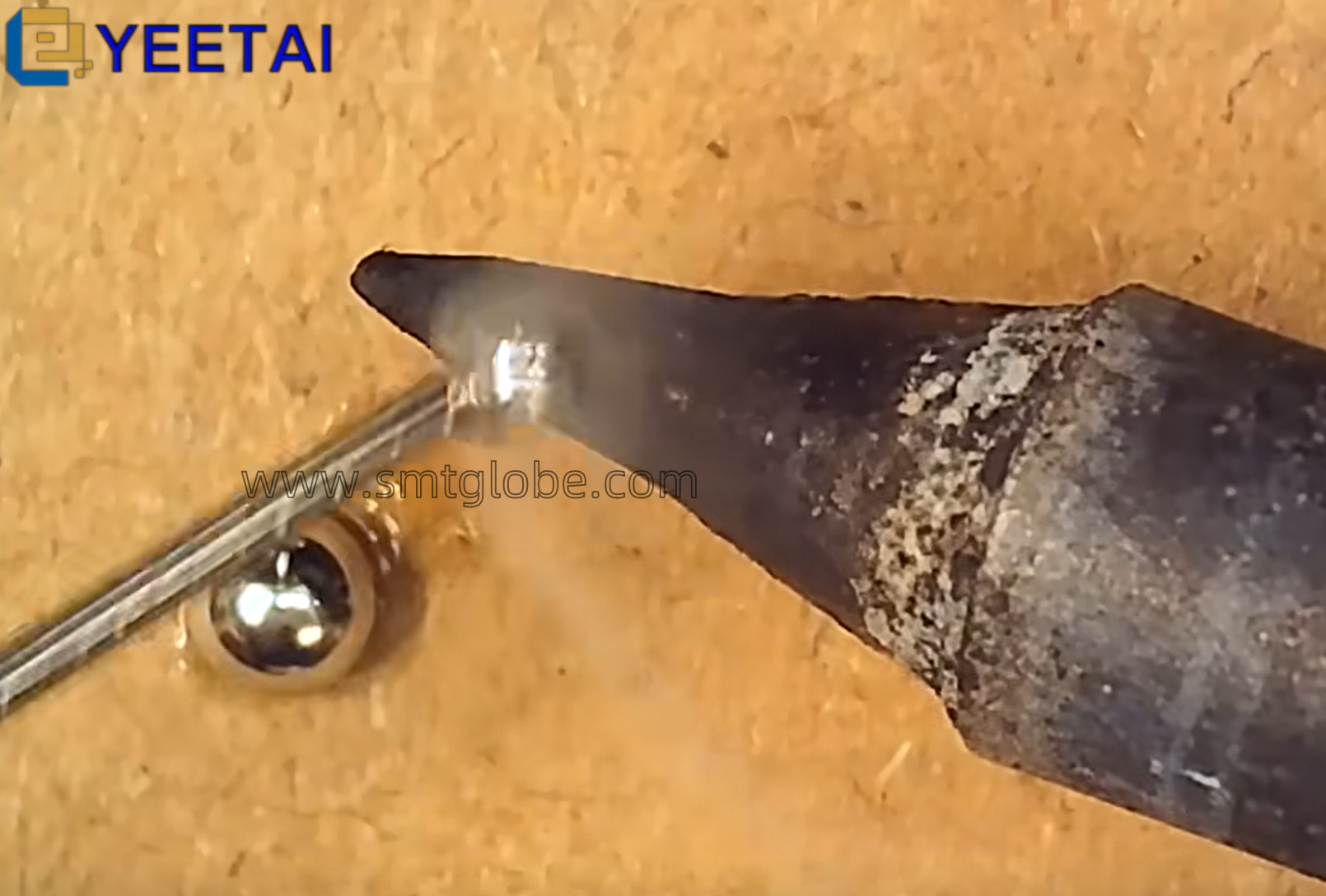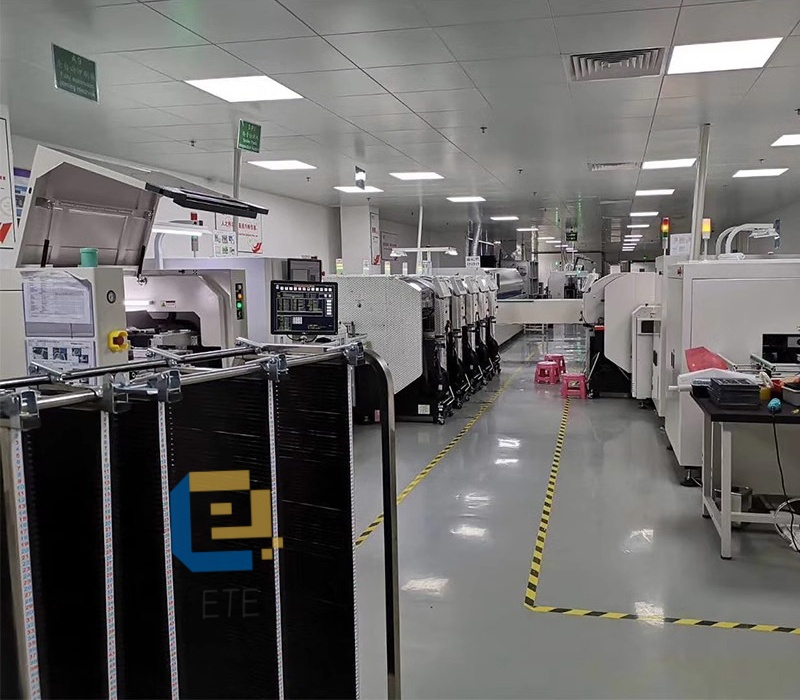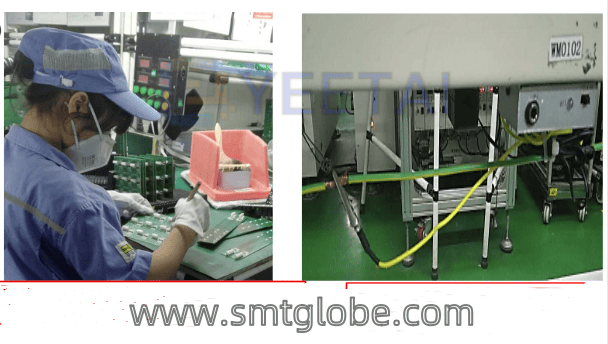The SMT (Surface Mount Technology) Labeling Feeder is designed to work with various machine types, including pick-and-place machines, labeling machines, applicators, and non-standard automated production lines. It is capable of handling a wide range of materials such as barcode labels, foam pads, steel sheets, and conductive adhesive tapes in roll form.

The Importance of Maintenance
Functions and Applications of the SMT Labeling Feeder
The SMT Labeling Feeder excels in the precise feeding of various materials including labels, double-sided tapes, adhesive conductive fabrics, mylar paper, sealing paper, and foam. It is compatible with most specifications and sizes of materials.
Key features include:
- Precision Feeding: The feeder utilizes a high-sensitivity photoelectric sensor combined with a stepper motor to achieve accurate material dispensing.
- Versatile Support Platform: Constructed from special materials, the support platform can adapt to different sizes and viscosities of materials, enabling precise feeding for irregularly shaped items.
- Feeding Capacity: The standard feeder can accurately feed labels up to a maximum size of 60mm x 50mm.
Roll Material Layout Specifications
To ensure optimal performance, the following roll material layout requirements must be met:
- Maximum Bottom Paper Width: The standard feeder bottom paper width should not exceed 70mm; otherwise, custom solutions are required.
- Material Arrangement: The auxiliary material should be arranged in a matrix configuration with an X-axis spacing of ≥1.2mm (even quantities) and a Y-axis spacing of ≥1.5mm.
- Safety Clearance: There should be a minimum safety distance of ≥2mm from the edge of the auxiliary material.
- Cut Quality: The cutting of auxiliary materials must be thorough without damaging the substrate, and there should be no adhesive overflow.
- Die Cutting Force: Ensure that the die-cutting force is not excessive to avoid marks on the release paper, which can lead to tearing during peeling.
- Release Paper Thickness: It is recommended that the release paper thickness be ≤0.06mm for easier peeling.
- Non-Adhesive Areas: Any non-adhesive sections of labels should be peeled off first.
- Feeding Orientation for Rectangular Labels: Rectangular labels should be fed in with the long edge facing the direction of travel.
Technical Specifications of the SMT Labeling Feeder
- Label Dispensing Speed: 3 to 5 meters per minute.
- Label Dispensing Accuracy: ±0.2mm or less.
- Label Size Range: From 2mm x 2mm to 60mm x 50mm.
- Minimum Gap Between Labels: 1.2mm.
- Label Roll Diameter: 76.2 ± 2mm.
- Applicable Bottom Paper Width: ≤70mm.
- Custom Solutions: The feeder can be customized for label rolls with a bottom paper width of ≤180mm.
- Non-Standard Customization: Tailored feeding devices can be designed for various sizes and specifications as per equipment requirements.
Conclusion
The SMT Labeling Feeder is an essential component in the electronics manufacturing process, providing precision and adaptability when handling diverse materials. By understanding its functions, applications, layout specifications, and technical parameters, manufacturers can enhance their production efficiency and accuracy. As industry demands evolve, the SMT Labeling Feeder continues to play a vital role in ensuring high-quality labeling solutions across various applications.
At YEETAI, we produce all kinds of feeder to upgrade SMT machines.



